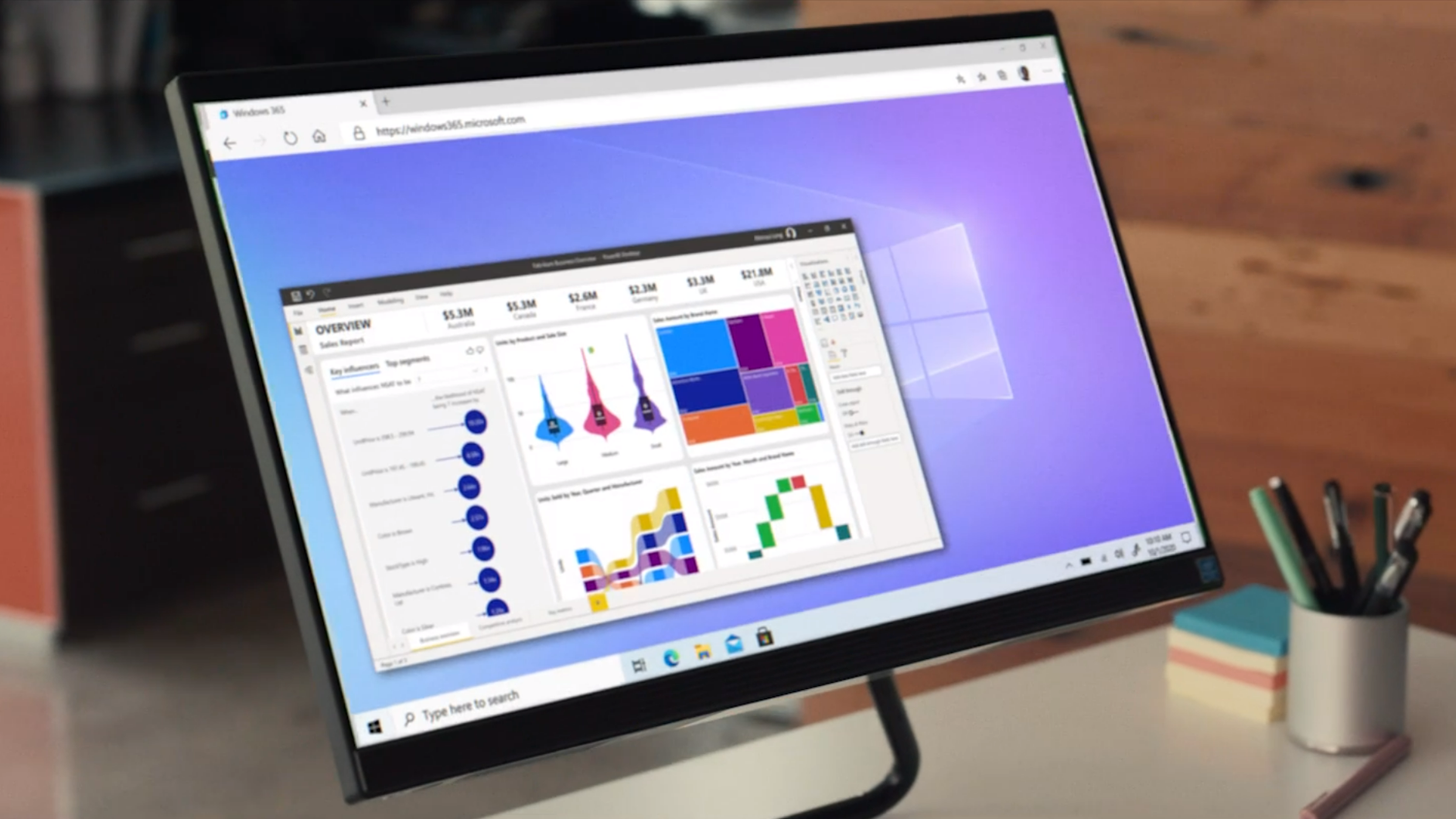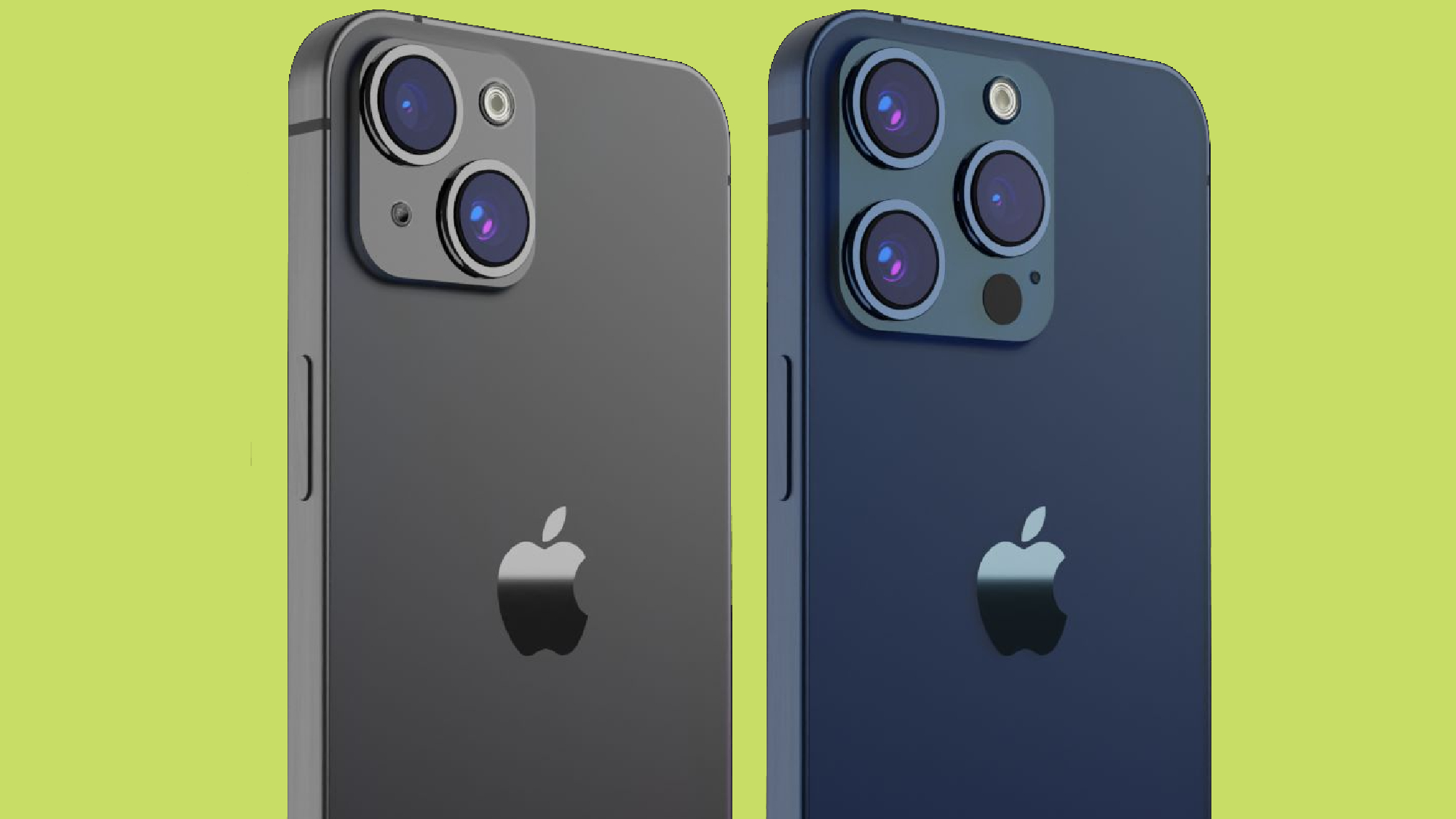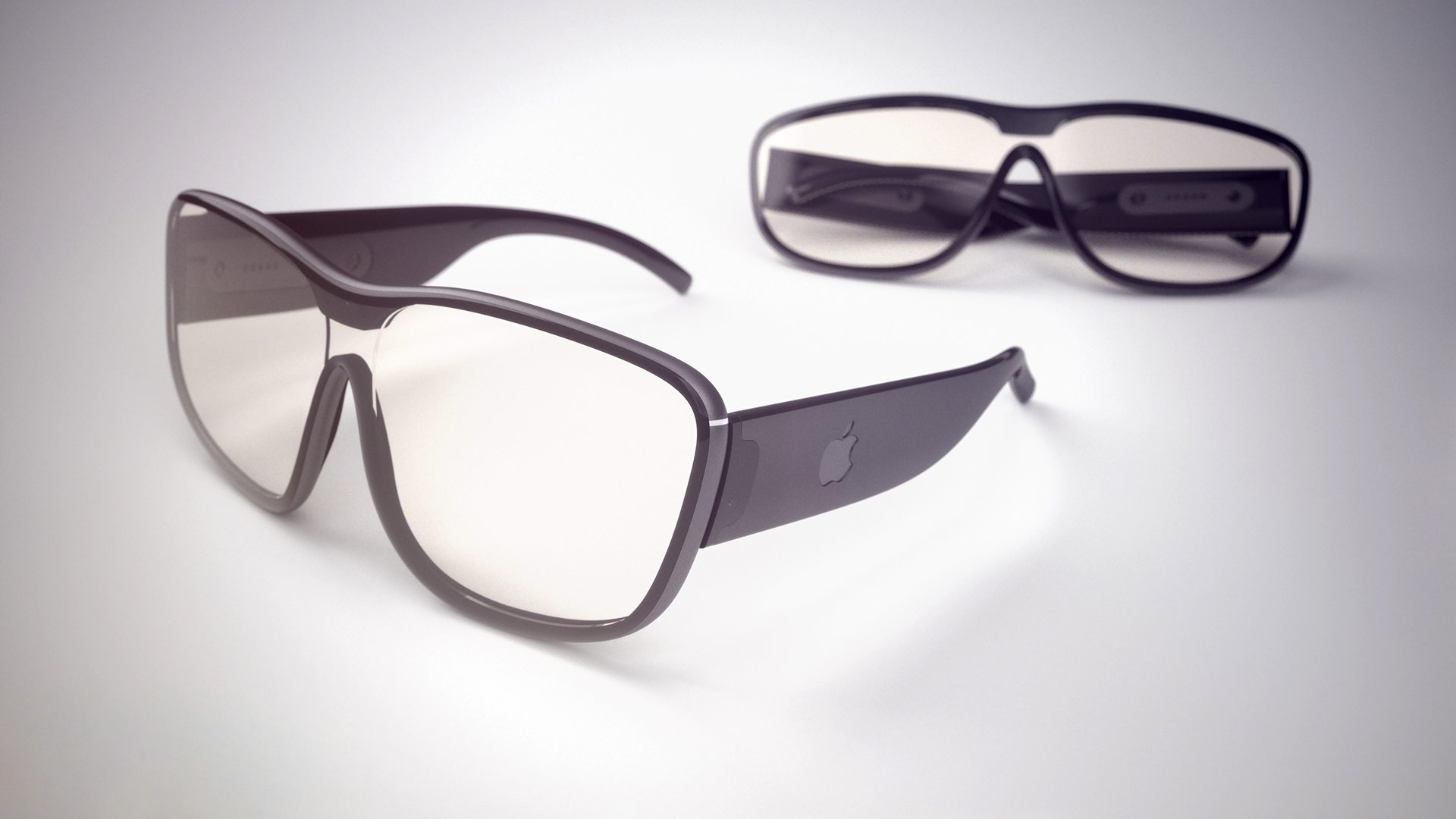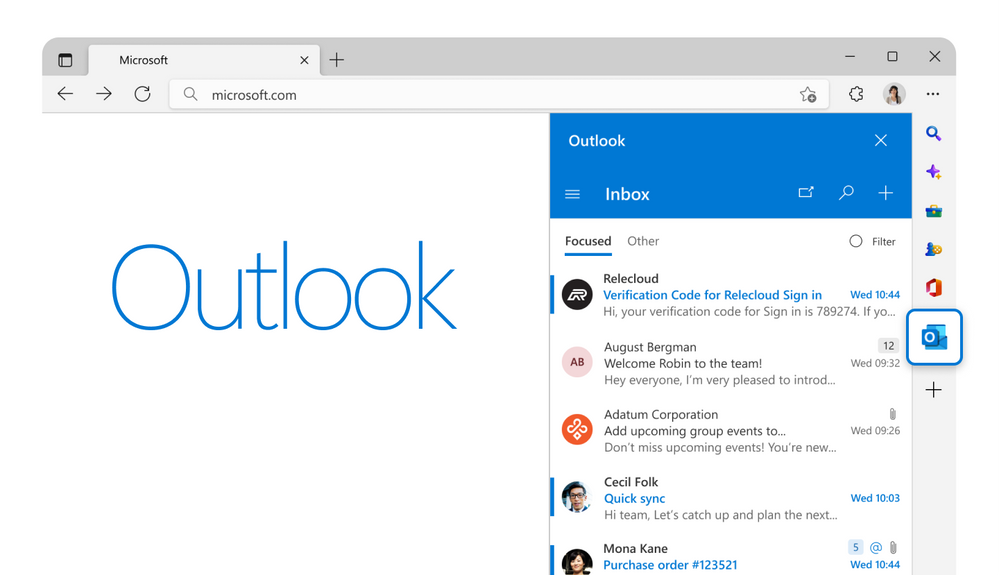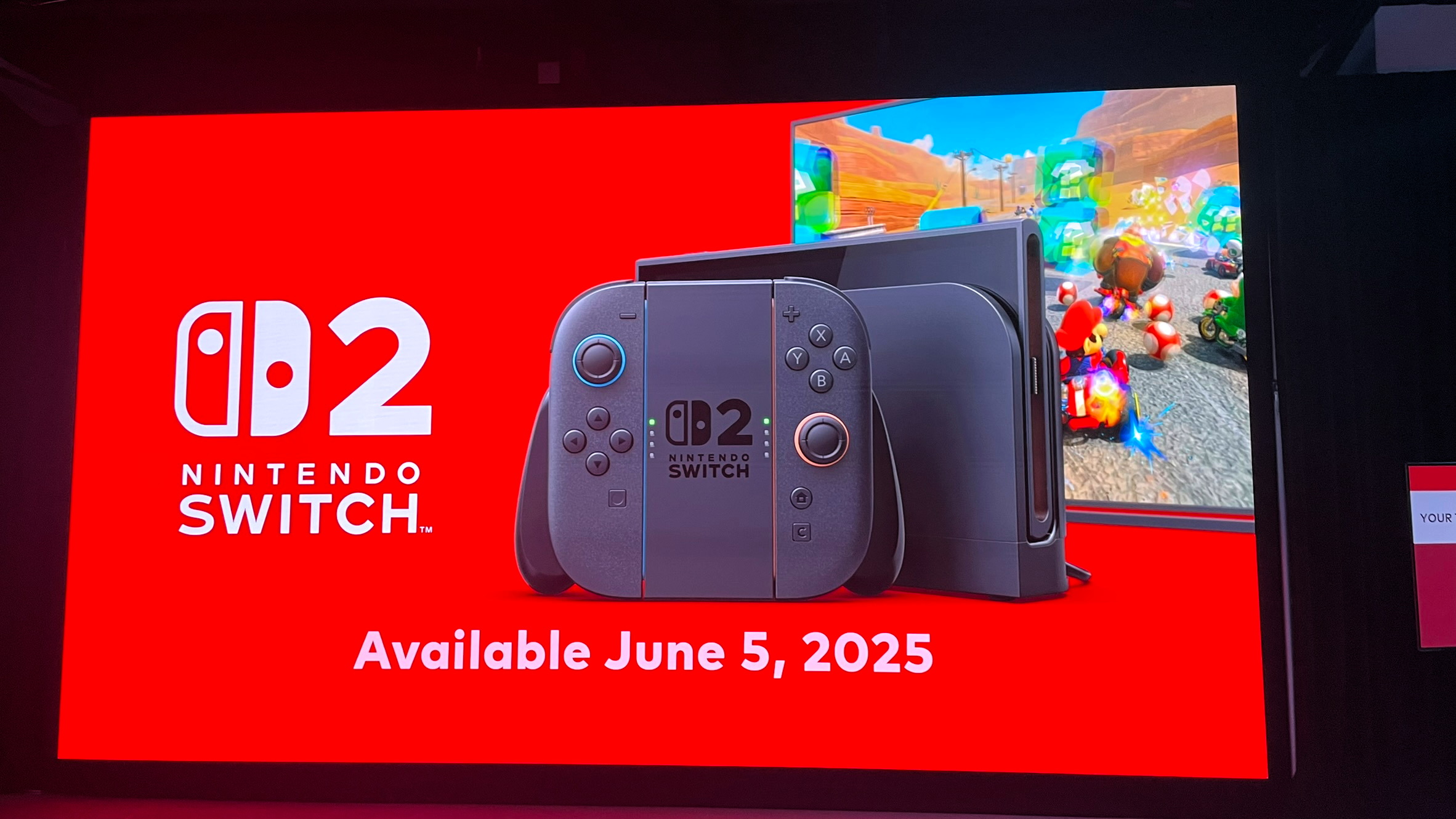Elden Ring Nightreign actually runs on your old GPU, and more AAA games need to follow its lead
Games claim to run low-level specs, but what's the experience like?
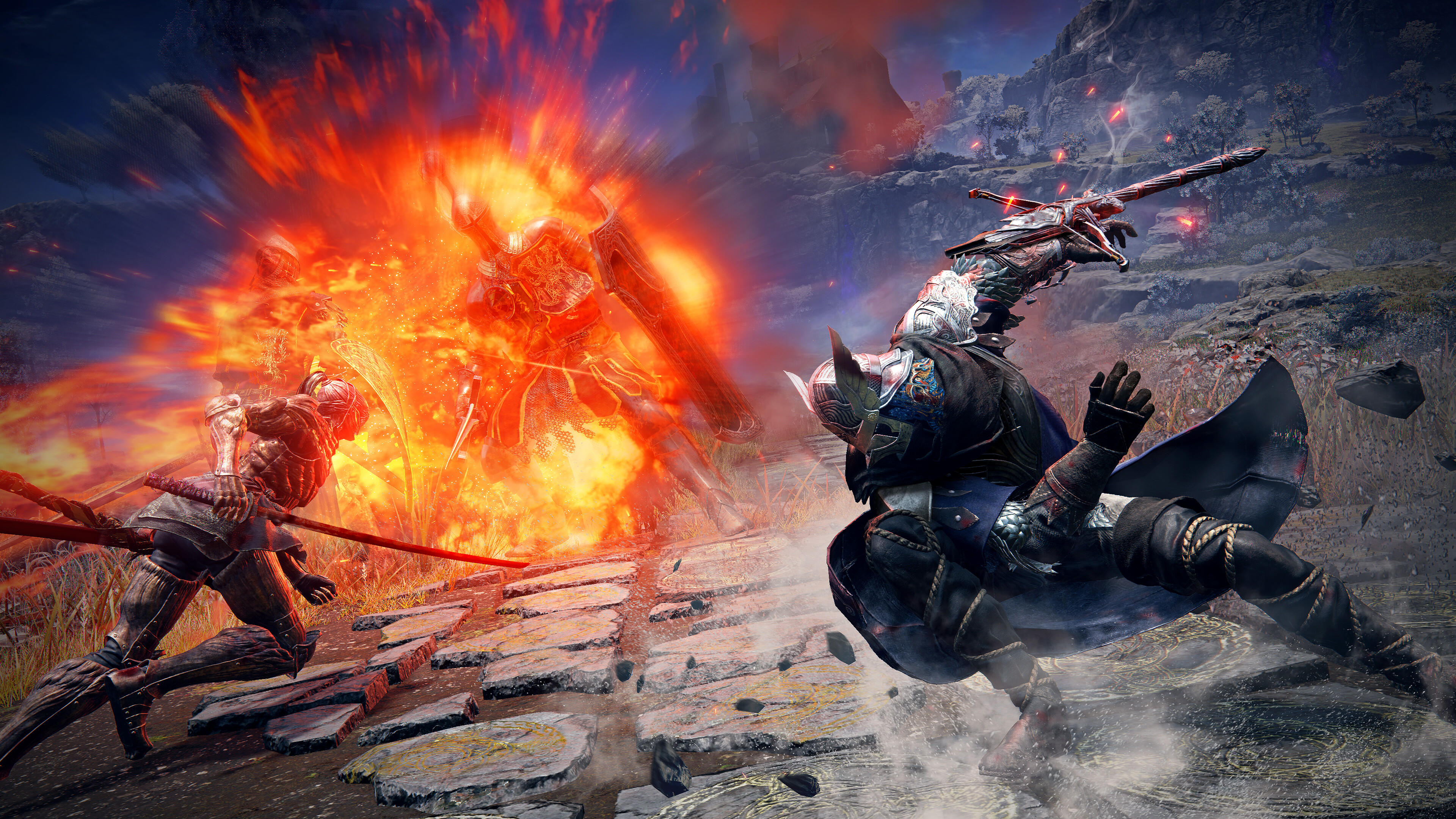
I love a shiny new AAA game, but poor optimization can ruin a PC port, which is why I’m high-fiving FromSoftware for its recently announced budget-friendly spec requirements for Elden Ring Nightreign.
FromSoftware posted the PC system requirements on Steam, which let you get away with an Nvidia GeForce GTX 1060 3GB or AMD Radeon RX 580 4GB GPU. Now, this isn’t a total surprise, since a lot of Elden Ring Nightreign features reused and reskinned assets from the original Elden Ring.
But it’s refreshing to see that even with the updates, FromSoftware did not take Nightreign down the bumpy road that some other AAA games had the audacity to walk. You see, I am of the firm belief that you should not need modern tech to run modern games. And I’ll tell you why.
More AAA games need lower spec requirements
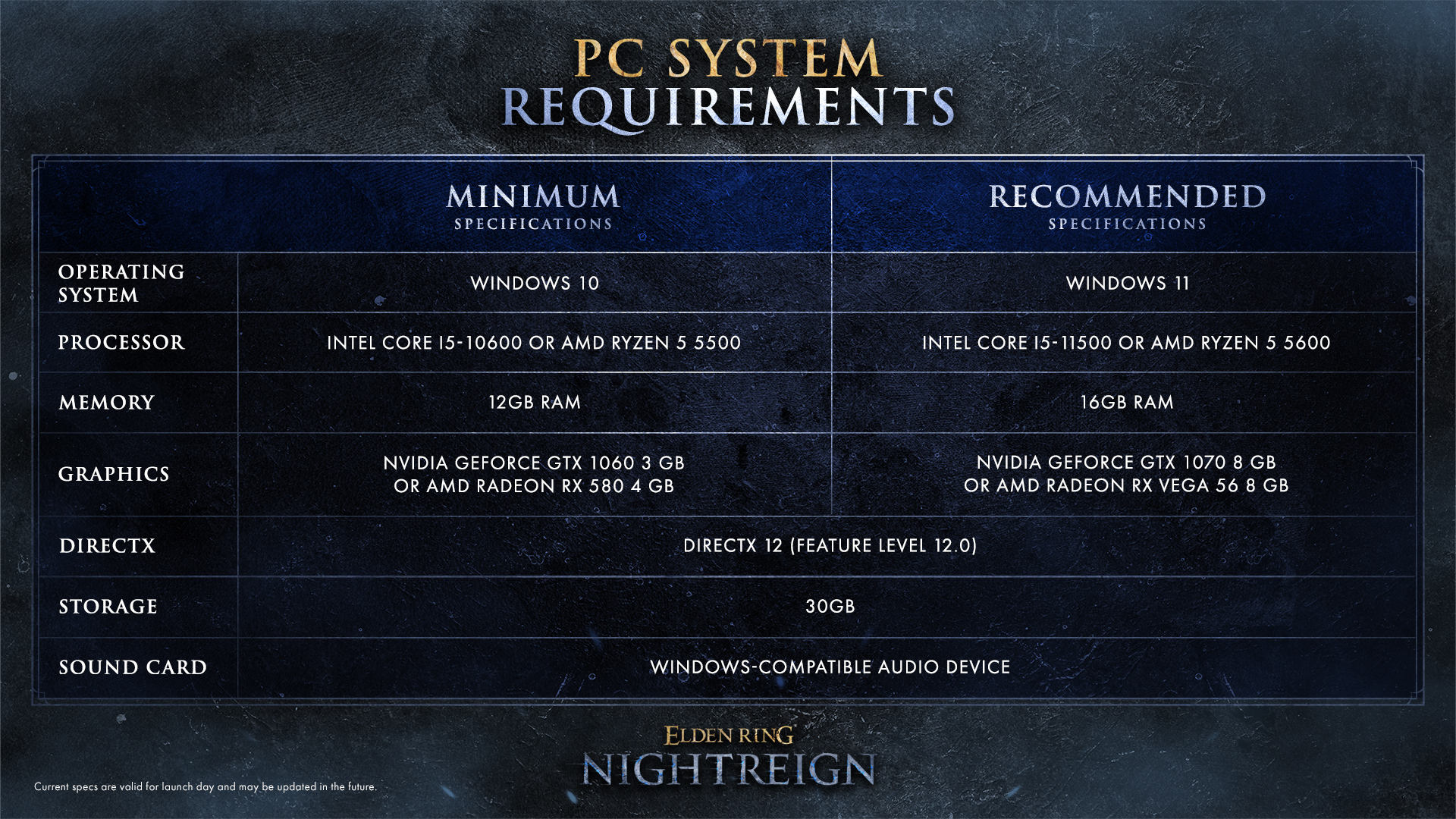
Let’s take a closer look at the Elden Ring Nightreign minimum spec requirements. You need at least an Intel Core i5-10600 or AMD Ryzen 5 5500 processor, 12GB of RAM, and Nvidia GeForce GTX 1060 3GB or AMD Radeon RX 580 4GB graphics.
For context, that Intel chip launched in 2020, with AMD being a little closer in 2022. Meanwhile, the GTX 1060 GPU launched in 2016, with the RX 580 following up in 2017. And most gaming rigs feature 16GB of RAM by now, so letting you get away with 12GB is nice. The point is: these specs are old as hell.
Games like Monster Hunter Wilds, which is so poorly optimized that Capcom basically forced people to use supersampling tech to get manageable frames, severely isolate those who can’t afford the latest tech capable of that.
Now, if you saw the spec requirements for Monster Hunter Wilds, you’d think that the game is relatively light. The thing is, spec requirements don’t tell the whole story. We know Nightreign will likely run well because Elden Ring ran well.
Get The Snapshot, our free newsletter on the future of computing
Sign up to receive The Snapshot, a free special dispatch from Laptop Mag, in your inbox.
You may have heard the term “potato PC,” which refers to a low-spec computer that is just getting by. Now, these aren’t the worst of the worst, but many budget gaming laptops and PCs are often called that. And I believe that potato PCs, a gaming laptop or gaming PC that launched during the Nvidia 10-series era, should be able to run modern games.
I’m not saying they need to look good. If developers optimize their games so that players can put on low enough settings to get it to run at 720p/30fps, then that’s acceptable. Yeah, I know 720p is cursed, but if it works, it works.
Typically, minimum spec requirements refer to the game being run at 1080p/30fps, so I’m giving developers a bit more grace here. Making your games accessible allows more people to take part in the fun.
This is especially important for multiplayer games. Single-player titles typically go for the jaw-dropping graphics, so it makes sense that those are tougher to get away with. However, if you want to foster communities within your multiplayer titles, you need to let more people in.
While I certainly enjoy new tech like DLSS 4, I’ve been very vocal about developers misusing it in their game development, like the aforementioned Monster Hunter Wilds. In our current political climate, gaming laptops are becoming increasingly expensive. Meanwhile, new GPUs have not only been expensive, but they’re also hard to find. And when you do find it, it’s at a 20-50% markup.
To the credit of modern AAA games like Clair Obscur: Expedition 33 (I love you, by the way) and Marvel Rivals, the requirement is only a GTX 1060. But again, the experience can differ from that little spec sheet.
PC gamers are literally playing a losing game, and I am sick of it. The industry has made strides toward accessibility, but the economy ain’t changing anytime soon, so it needs to create with inclusivity in mind.
Anyway, I’m hyped to get my face rocked in Elden Ring Nightreign when it launches on May 29.
More from Laptop Mag

Rami Tabari is the Reviews Editor for Laptop Mag. He reviews every shape and form of a laptop as well as all sorts of cool tech. You can find him sitting at his desk surrounded by a hoarder's dream of laptops, and when he navigates his way out to civilization, you can catch him watching really bad anime or playing some kind of painfully difficult game. He’s the best at every game and he just doesn’t lose. That’s why you’ll occasionally catch his byline attached to the latest Souls-like challenge.
You must confirm your public display name before commenting
Please logout and then login again, you will then be prompted to enter your display name.

